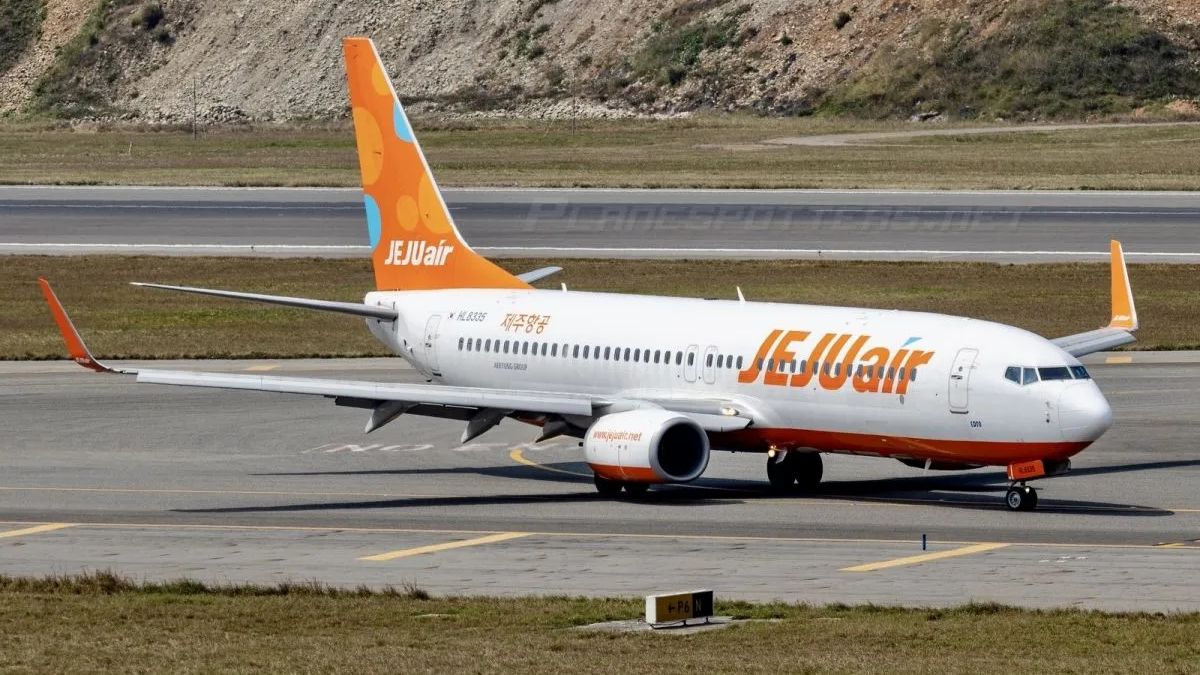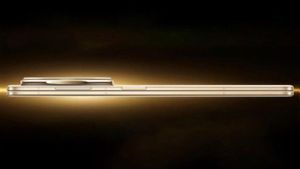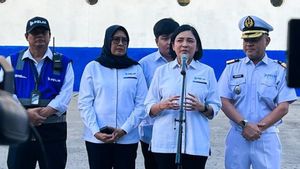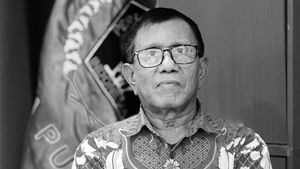JAKARTA - The Jeju Air plane that had an accident and crashed at Muan Airport, Korea on Sunday, December 29 yesterday morning was a Boeing 737-800 aircraft.
This incident may raise a lot of questions about the aircraft's performance. So, let's review a little of the specifications of the Boeing 737-800.
Boeing 737 History
The Boeing 737 was first launched in 1967. Launching the official Traveloka website, compared to the previous two Boeing jets; 707 and 727, 737 are smaller and more economical aircraft.
The Boeing 737 has several series, including:
VOIR éGALEMENT:
Boeing 737-800 Specifications
As the Next Generation (Next Generation) aircraft, made its inaugural flight in 1997 and started commercial operations in 1998.
The aircraft has a length of 39.5 meters, with a wingspan of 34.3 meters, and a height of 12.5 meters. To note, this model aircraft has a design that stands out a little at the tip of its wings.
The Boeing 737-800 aircraft can accommodate up to 189 passengers. Using two CFM International CFM56-7B turbofan engines, the aircraft's crucial speed can reach up to 940 km/hour, with a range of about 7,130 kilometers.
Based on data from the Aviation Safety Network, there were 17 fatal accidents involving the Boeing 737-800, with a total of 1,100 fatalities.
Several famous accidents including Lion Air Flight 904 in 2013, Kenya Airways Flight 507 in 2007, and Air Flight 7C2216 in December 2024. However, despite having several accidents, the Boeing 737-800 is still the safest and most widely used commercial aircraft in the world.
The English, Chinese, Japanese, Arabic, and French versions are automatically generated by the AI. So there may still be inaccuracies in translating, please always see Indonesian as our main language. (system supported by DigitalSiber.id)
















